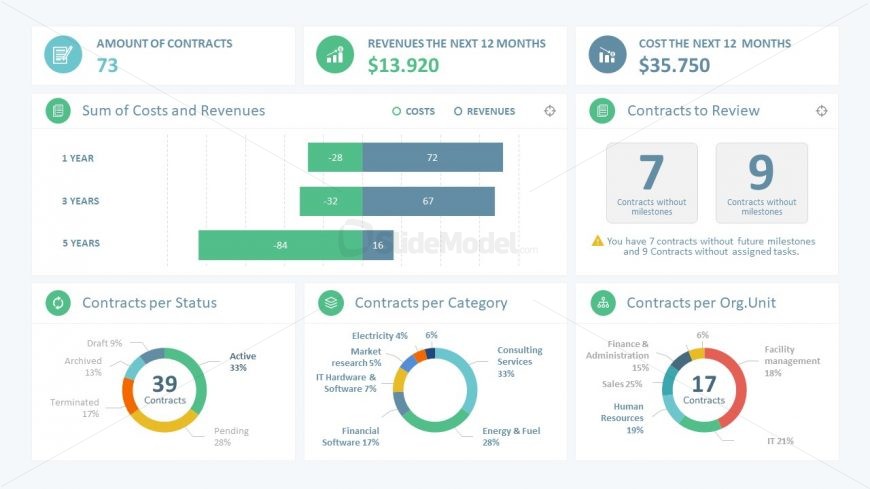The Ultimate Guide to S M.A.R.T. Goals
Whether there are broken internal links or suboptimal mobile capabilities, an SEO audit will offer opportunities to improve your website’s technical components. Here, you can see top search queries your site ranked for — including the clicks that resulted. Once you connect and verify your domain, you can start checking website performance right away. Click the pencil icon in the upper right corner to edit the report, and then add or rearrange the metrics. For example, I added “Bounce Rate” and “Average Engagement Time” to this report.
Connect To The Strategy
It also provides detailed keyword analysis, backlink data, and competitive analysis. These features can help you identify new opportunities, understand what’s working (and what’s not), and stay ahead of the competition. By understanding and tracking your other SEO metrics using tools like Google Analytics, you can ensure your SEO applications steer you in the right direction. For instance, if you notice a high bounce rate on a particular page, don’t just note it down. 
Clear Goals
Marketing Metrics are measurable values used by marketing teams to display the overall performance of social platform accounts, campaigns, lead nurturing, etc. Monitoring digital marketing KPIs can help your team stay on target from month to month. With the vast base of different marketing channels used by teams, it is crucial for marketing teams to actively track their progress using the right and most effective metrics. Both approaches work, but only one of them allows you to consistently create the best search experience for users at scale. In this post, I’ll show you how to create and implement an SEO roadmap that aligns your SEO strategy with the goals of your company.
How to track KPIs for SEO
Search intent mismatch typically happens when searchers use keywords with various meanings — and Google generates a SERP that doesn’t fit the intended meaning. In conclusion, setting effective KPIs is not just about metrics; it's a strategic process that aligns your efforts with your goals. With the right KPIs in place, you're measuring success rather than actively driving it. You see, those marketers align everyone in the organization to their goal – increasing visibility in search results and attracting as much organic search traffic as possible. Our Topic Clustering capability then automates the process of grouping keywords by similar intent. It does this by directly taking into account how Google sees the semantic relationship of the terms to ensure relevance and increase ranking opportunities. In other words, they set the stage for the user interactions that lead to profitable outcomes. Ultimately, SEO split tests focused on conversions reflect the return on investment (ROI) of SEO strategies, highlighting their contribution to the bottom line. One window can only offer so much insight, but when you have multiple windows, you gain a comprehensive view of the results of your SEO strategy. Looking at various KPIs helps you fully understand the results of each one. One KPI can provide context for the results of another and vice versa. Bounce rates are a great way to identify weak pages on your website and optimize them to better attract site visitors. CRO is different from raw conversions, and it reveals how well many of your page’s elements, like copy, are performing. Organic traffic alone is unreliable in determining if your SEO strategy is on point for a particular keyword. For example, a #1 ranked page will get much more traffic than a #2 ranked page. This is why it is essential to track your page’s ranking for a particular keyword.
- And with that, you’ll find it easier to target the top-of-the-funnel customers with the informational intent.
- Organic traffic measures the number of visitors coming to your site from organic search results.
- To drive higher conversion rates, identify relevant keywords at the top, middle, and bottom of the marketer’s funnel and then focus on creating content around those particular keywords.
Revenue Per Thousand may not seem like an SEO KPI but ad-derived earnings can be tracked to SEO via the RPM metric. I asked analytics expert Kayle Larkin about it, and she cautioned that Average Time on Site needs to be justified with data before using it as a KPI. New users and returning users tend to enter the website on different landing pages. “We have also started caring much more about a brand’s over-all representation in a search result. “At MobileMoxie, we are looking more and more at metrics that tell the story of the SERP – especially on important head terms. http://idea.informer.com/users/hookspear1/?what=personal https://www.saludcapital.gov.co/sitios/VigilanciaSaludPublica/Lists/Contactenos/DispForm.aspx?ID=756292 But that type of strategy isn’t going perform well with CLV growth. Other websites link to your pages when they want to share your content because it provides value. It’s a great way to understand the value of your SEO work in monetary terms. Essentially, you can rank right up there with those paying for advertising.